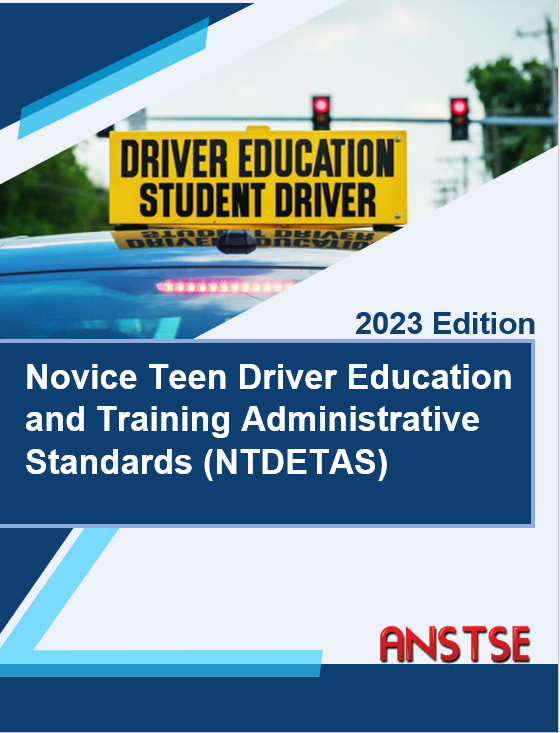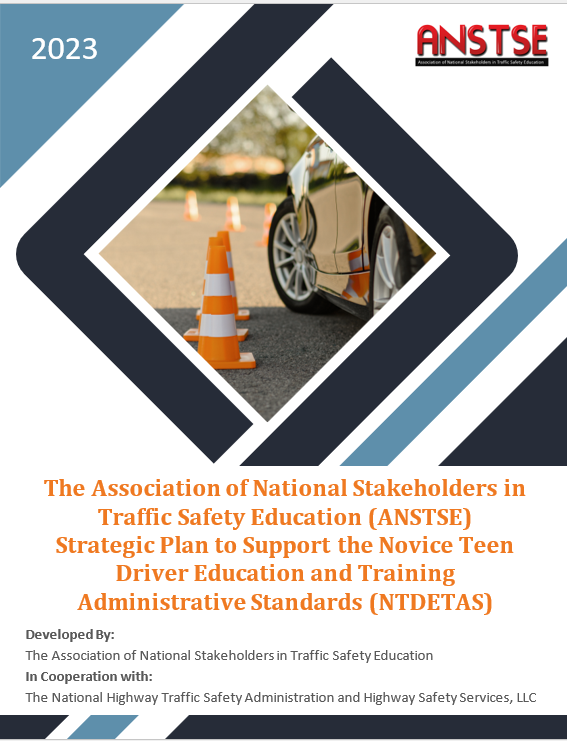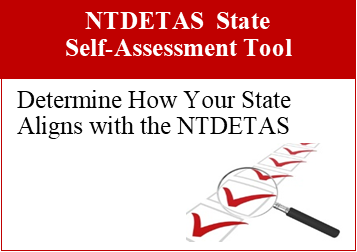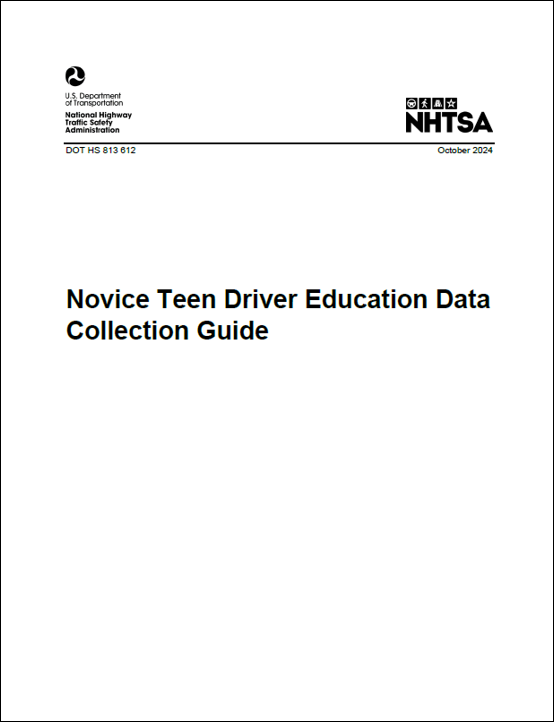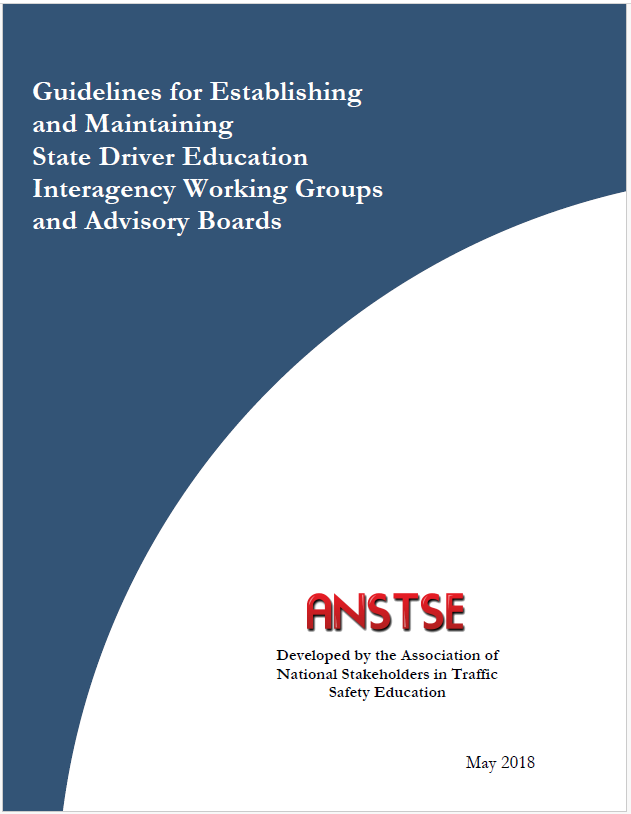Authors
Goodwin, A.; Foss, R.; & O’Brien, N.
Publisher
AAA Foundation for Traffic Safety
Website Section
Driver Types
Method
Naturalistic study
Abstract
This study examined how driving skills differ between the first four months of the learner period and the first six months of unsupervised driving. Fifty families were recruited through two Division of Motor Vehicles (DMV) offices in central North Carolina. An event data recorder (Drivecam) was installed in the vehicles of 38 families who agreed to participate at the outset of the learner stage of their teen for 6 months. The findings suggested driving skills of young drivers appear to differ between the learner stage and the high-risk initial period of unsupervised driving. During the intermediate license stage, a larger percentage of driving incidents occurred in darkness or inclement weather than during the learner stage. This study provides important, new evidence about how the driving circumstances and conditions change when teens begin driving without a supervisor. However, there are limitations due to the sample size and underlying methods of data collection which impacted the generalizability of these results.
Reference
Goodwin, A.; Foss, R.; & O’Brien, N. (2011) The Transition To Unsupervised Driving. AAA Foundation for Traffic Safety. Washington D.C.
Related Topics
Reducing, crashes, teen driver, traffic safety, teen, driving behaviors, driving, collision, young drivers, protecting, highway safety, safe, risk, countermeasure

